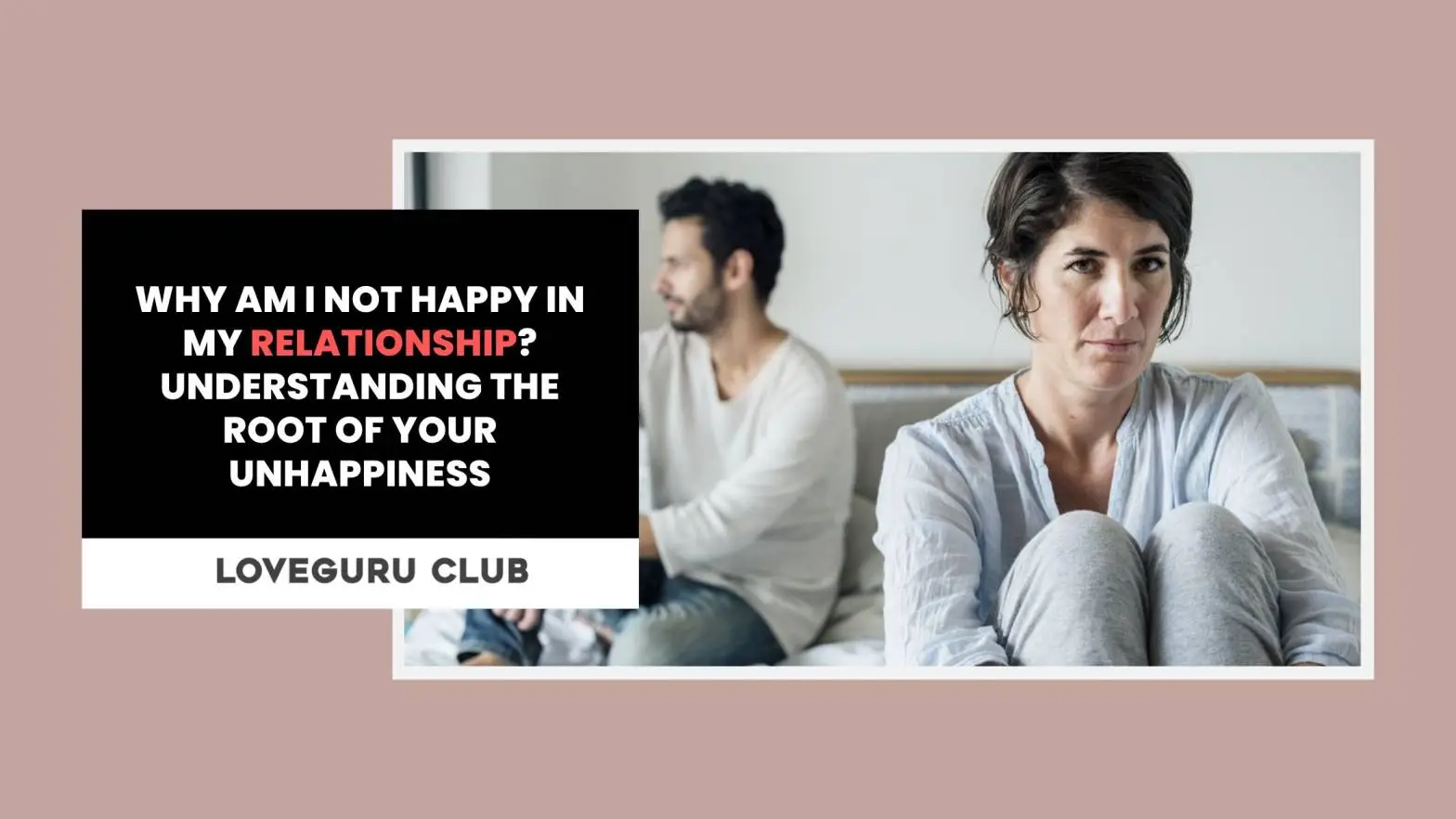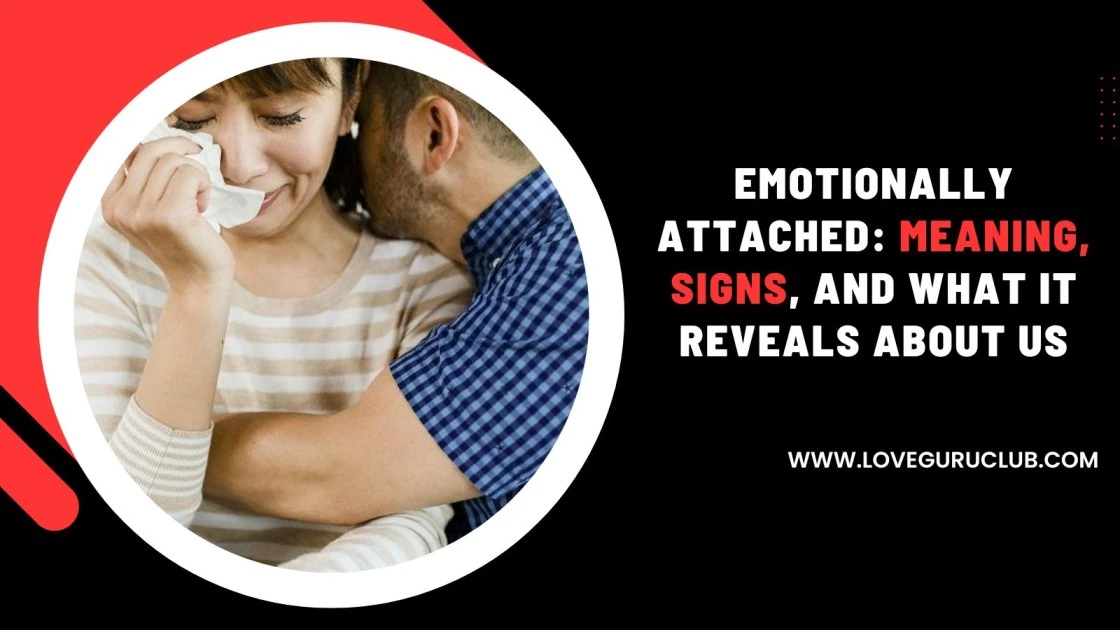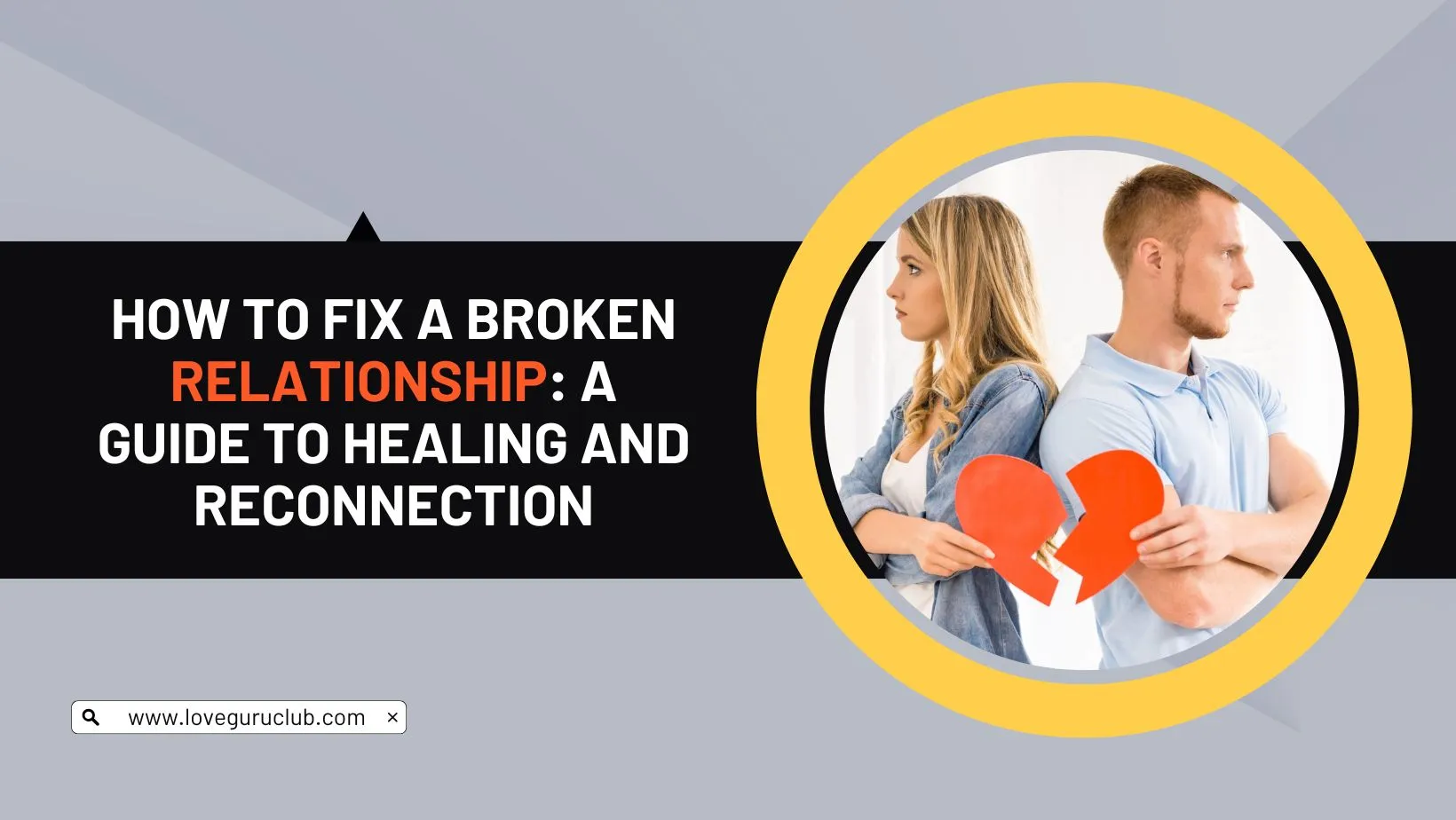Happiness
Episode 77: How to Ride With the Pain

Jade Wu: All right. So as of today, I am 38 weeks pregnant, which is really close to the big day. In fact, the baby could come any day and that would be fair game. So, one of my biggest fears, I think probably my biggest worry about labor and delivery is the pain involved. I have never really experienced that much pain in my life. I broke my ankle once many years ago, but otherwise I haven’t felt too much pain, so I’m not sure how we’ll go.
So, I am here to try the “ice pain challenge.” So the exercise has two parts in the first part, I’m going to hold ice cubes, which are going to be fresh out the freezer really, really cold. And I’m going to set a timer for one minute and when it becomes unbearable, I’m going to let go and see how long I lasted.
And then in part two, I’m going to practice mindfulness of my breath and also mindfulness of the pain sensations themselves. So here we go.
I’ve got my bowl of ice cubes here fresh out the freezer. I’m going to start holding the ice starting now,.
Woo! That hurts a lot more than I thought it was going to. Okay. Ouch. Okay. Ah, Oh, Oh, Oh my God.
Okay. Okay. That’s it. Ah, oh, that was only 35 seconds.
Okay. Now we’re going to try version two of the ice pain exercise and this time, instead of trying really hard to not feel the pain. I am instead going to practice mindfulness of my breath and mindfulness of sensations, including the sensation of pain.
So here we go. Starting now.
Oh, look at that. My timer didn’t go off, but I’m actually at almost a minute and a half that’s. Wow. I mean, it still hurts. It was still really, really cold, but it was kind of like I was riding with the pain, rather than having the pain take over.
Emiliana Simon-Thomas: Hi. I’m Emiliana Simon-Thomas, the Science Director at UC Berkeley’s Greater Good Science Center., and this is The Science of Happiness. I’m filling in for Dacher Keltner this week.
The idea of the ice cube challenge is to firmly grip ice for several minutes and try to notice the freezing cold without fighting it or worrying about it or judging your own feelings about it, which taken together is essentially what mindfulness is.
Our guest today is Jade wWu asleep psychologist and the host of the Savvy Psychologist podcast. And now a first time, mom. She joins us from her home in Durham, North Carolina, to share how this ice cube challenge along with another mindfulness practice that’s focused on the body helped her prepare to give birth to her son.
Later, we’ll look at research on how mindfulness helps us relate to unpleasant experiences and more calm and restorative ways. Jade, thank you for joining us.
Jade Wu: Oh, thanks so much for having me. It’s a pleasure to be here.
Emiliana Simon-Thomas: Before you did the ice cube challenge, you prepared for it for a month or so by doing a body scan meditation, how would you describe this practice?
Jade Wu: All it really is, is you having a silent conversation with your body. So you’re lying down, sitting down in a place where you’re not too distracted and you are basically turning your attention step-by-step to each part of your body. And, with preparing for childbirth, you may linger more on the belly area and really, really focus on that area of the body. You just ask yourself, what do I feel in my belly?
And then you just let your attention linger there. And the important thing is to not judge the sensation that you feel not to say, “Oh, that’s uncomfortable. Or I don’t like this, or am I supposed to feel this way? Am I doing that right?” None of that. And once you’ve spent a good amount of time, in that place in your belly, then start to move to another part of the body.
And, it’s important to really be slow and take your time with it and not rush through it. And you may be surprised to find that you haven’t really paid attention to some parts of your body, for a really long time. Like I challenge you right now to think about your fourth toe on your left foot. Well, when was the last, last time that you had a conversation with that toe?
Right?
Emiliana Simon-Thomas: Wow. I don’t know that I’ve ever had a conversation with my left fourth, though. What inspired you to choose this exercise?
Jade Wu: I chose body scan for one, because I was about to do it childbirth for the first time I wanted to really get back to basics. I didn’t really want to think too much about childbirth or get too much into my head because I assumed, and I think that childbirth is something just really primal and very mammalian.
So I didn’t want to get too far into my head. And I thought the body scan would allow me to really ground in my instead. And another reason is that I’ve always been really, really afraid of pain. I don’t think I’ve ever experienced any real pain in my life. Like I didn’t really have any major illnesses.
So, going into this, I was really nervous about how painful labor and delivery would be. So I thought, you know, what better way to prepare for that than to really have a few good conversations with my body, really get back in touch with it and prepare in a wholesome, grounded kind of way for an experience that I was really dreading, to be honest.
Emiliana Simon-Thomas: How did it go? I mean, what was it like, were you able to do this body scan while you were pregnant? Was it hard to let go of the kind of typical ways that you relate to those bodily sensations?
Jade Wu: So at first, I think practicing the body scan was not easy for me because I do tend to be really in my head a lot. So as I was trying to, you know, talk to my fourth left toe or talk to my belly, it was pretty frequent that I would get a thought about how long has it been? Is this over yet? Am I doing this right? This is uncomfortable. Should I be washing the dishes instead? You know, all these thoughts will start swirling in my head, but I found that it got easier and easier over time. It was just of a relentless acceptance. I was just relentless sleep, bring my attention gently, but relentlessly back to the body part that I was focusing on and just really working hard on getting used to this new way of just being and feeling.
But when I was doing the body scan meditation, when I paid attention to my belly, sometimes I will suddenly notice, oh, the baby’s moving babies doing little kicks or little punches or little drawing, little arcs with his elbow or having little hiccups. And it was really fun and really fascinating to notice all of them, the little things that he was doing inside.
And, I think that in a way was my first communication with him before he was even born.
Emiliana Simon-Thomas: Is there anything else notable about the body scan practice that you might advise to somebody who’s trying it for the first time?
Jade Wu: One thing that I found really fun to do was to actually add an extra layer of gratefulness to the practice.
I wanted to get ready for childbirth by sort of preemptively already thanking my body. So in addition to doing the basic body scan of just noticing my sensations, I would also say thank you to each body part. So for example, if I’m noticing that fourth left toe, I will say, I notice you. Thank you tau for helping me to walk, or if I’m noticing, seeing my knee, I will say thank you, nee for helping me to stand.
And I found that to be a really lovely experience and I will come out of it, feeling like I was really grounded in and having a good connection with my body.
Emiliana Simon-Thomas: So did you try the body scan practice while you were in labor?
Jade Wu: Shortly before I actually got in the car to go to the hospital, I suddenly remembered back to my ice cube exercise, which is where you hold an ice cube and do a body scan of your hand to really, really allow the pain sensations to come through without judging and fighting it.
So, I did that with the contraction pain. So I sat there breathing and just really paid attention to my belly. And I really watched the wave of the contraction coming on. So I did that in a few bouts before I went to the hospital. And, when I got there, the contractions became really painful and they started to sort of roll on top of each other.
So I didn’t have those breaks in-between anymore. And that’s when the body scan got pretty hard to do, because at that point, paying attention to the pain versus not paying attention to the pain, there was really no difference was so insistent and so strong that I was going to pay attention to it anyway.
But, the difference that I felt with. Being intentional about still trying to do a version of the body scan is that although I was feeling the pain, I wasn’t feeling panic and I wasn’t suffering. So, I just allowed the intense pain to come. I did not fight it. And I did not sort of scrunch up my body or scrunch up my mind, trying to struggle against it.
Emiliana Simon-Thomas: That’s amazing. Jade, have you tried the body scan meditation since you’ve had your baby? And is it different than it was when you were pregnant?
Jade Wu: I have tried it, but in different ways, I think there is no time to sit down in a quiet place and say hi to my toes for 30 minutes anymore. That’s just not a possibility.
But, what I’m noticing now is that I can actually kind of incorporate my baby into my body scan because in a way, the baby is an extension of my body. After all he came from my body, I birthed him and I’m breastfeeding. So, even his growth is based on milk from my body. So in a way I physically feel very attached to him.
So, sometimes I sit there and we just sit together and kind of feel our bodies together. And in a way it almost feels like he and I are doing the symbiotic body scan and it’s even more fun.
Emiliana Simon-Thomas: Now I’ve got to ask Jade, most parents would say that all things having to do with sleep change when you become a parent. And I wonder if the body scan meditation has been useful for you personally, in relationship to your own sleep and maybe even your partner’s sleep?
Jade Wu: So, one thing I’ve learned throughout my new parenting experience is that everything I knew about sleep before does not apply to the newborn period for both the parents and the baby.
So I’m having to sort of learn sleep all over again. And I think throughout this process, it’s maybe not so much the body scan specifically, but generally a mindful attitude has been helpful because when you try to plan or manage or hack sleep too much during this newborn period is simply does not work.
We need to just roll with it. I haven’t slept for a longer than three-hour chunk for the past three months. And that’s different. And I’m now having to get up at 5:45 AM where I used to get up at 8:00 AM to, you know, breastfeed or attend to the baby or change a diaper. And that’s very different. So again, I think being mindful in the moment and not judging my body’s experience is really important because when I do judge my body’s experience and I say, this feels like crap, this.
Is awful. I am so not ready to be awake. When I think like that, then it just kind of sets up an icky tone and makes it even harder to meet my body where it is and meet my baby where he is.
Emiliana Simon-Thomas: I have three children, a 15-year-old, a 12-year-old and a seven-year-old. And as you continue onto your journey of parenthood, I bet that this skill of body scan practice will come in handy. Especially our ability to guide it, even if you are guiding yourself, those skills will come in handy and guiding others. When my own children are going through that kind of just before you fall asleep, physical rambunctiousness I often turn to the body scan and just say, Hey, what’s going on in your left ankle? What’s going on behind your right knee? What’s going on in your armpit and those little reorientations and urges just to focus on the body and ground their attention in their body in that moment are remarkable tools for getting them to go to sleep.
Jade Wu: I think that’s fantastic advice that you just gave. I’m definitely going to hold onto that. And I look forward to seeing how, you know, as my kid gets older, how sleep is going to go and how mindfulness and body scan will fit into all that. So that I am excited to try.
Emiliana Simon-Thomas: Well, thank you so much, Jade, for joining us. It’s been terrific to hear about your new life as a parent and how the body scan meditation practice has been of such benefit to you.
Jade Wu: Well, thank you so much for having me. It’s been an absolute pleasure.
Emiliana Simon-Thomas: Up next, the science behind the benefits of body scan meditation.
**If you few grasp ice in your hand, tightly who are a minute or longer, it hurts. It’s so uncomfortable. You want it to be over. You want to put the ice down and warm the hand.
Emiliana Simon-Thomas: Larissa Duncan directs theCcenter for Child and Family Wellbeing at the University of Wisconsin.
**Using the skill of mindfulness to be with those sensations to get curious about them, time can seem to fly by, and I’ve seen this over and over again, how surprised people are at home the experience of it really shifts based on whether one is bringing a mindful awareness to it or not.
Emiliana Simon-Thomas: Studies have shown that mindfulness practices can help ease anxiety and discomfort in people who suffer chronic as well as acute pain.
But there wasn’t any research yet on how it might help with the pain of childbith.
** And childbirth pain is interesting because it’s not chronic pain and it’s not exactly this very brief acute pain. We were curious if we might see some similar effects, whether they might have greater pain tolerance, whether they may have less fear of pain.
Emiliana Simon-Thomas: Larissa and her colleagues recruited women in their third trimester of pregnancy, along with their partners.
Half of the couples took a conventional childbirth education class and the other half took a course on mindful birthing, where they were taught practices like the body scan, mindful walking and mindful eating.
**They also are taught how to kind of uncouple the sensory part of that pain from its, you know, mental dimensions, you know, fear of pain, fear of childbirth.
And they learned how to be more aware of their own body and any reactivity they might be experiencing around those strong physical sensations.
Emiliana Simon-Thomas: The expectant moms and the mindfulness group reported a stronger sense of, okay, I can do this thing.
**They also had lower depression symptoms, which we were really struck by given that it was just a weekend workshop.
However, we saw those results maintained into the second year of the child’s life that we had, lower depression symptoms and the mindfulness group compared to the people who attended a more mainstream childbirth education course.
Emiliana Simon-Thomas: The women in their partners reported feeling less anxious and more aware of their bodies compared to the couples who took the standard childbirth class.
** That increase in body awareness is linked to lower symptoms of depression.
They increased in their ability to bring awareness to their body, but also in the particular way of doing so with this compassion and care for their own experience, and also this ability to differentiate the subtleties of that experience.
Emiliana Simon-Thomas: And that’s a useful skill well beyond childbirth.
** I definitely think that the mindful awareness of pain developed in part through these ice practices can be beneficial for everyone living in a human body.
We know all experience pain, things that we would label as pain, these straps, long physical sensations and learning to work skillfully with that is useful throughout one’s life, whether you’re stubbing your toe or one of my favorites, dental procedures is one that I use what I learned in mindfulness-based childbirth and parenting.
Definitely beneficial.
Emiliana Simon-Thomas: I’m Emiliana Simon-Thomas filling in for Dacher Keltner this week. Thanks for joining me on the Science of Happiness.
You can try out the body scan meditation online at gg.berkeley.edu. Our podcast is a coproduction of UC Berkeley’s Greater Good Science Center and PRX.
Our senior producer is Shuka Kalantari. Our engineer is Jennie Cataldo of BMP audio. Our associate producer is Haley Gray. Our executive producer is Jane Park. Our editor in chief is Jason Marsh.
We have a new book out on the science of gratitude featuring past guests like comedian W. Kamau Bell and psychologist Sarah Algoe. Learn more at greatergood.berkeley.edu/gratitudeproject.





